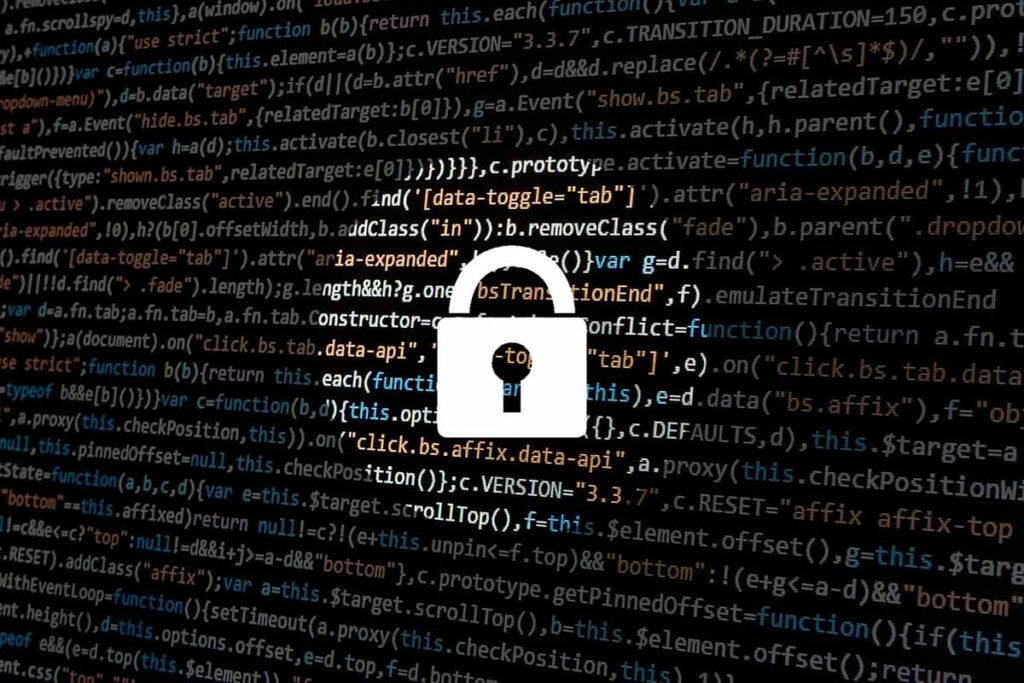Tools to Help Prevent a Cyber Attack
How well do you really know your network? Has your company’s growth created risk of a cyber attack? Has the work from home craze added more vulnerabilities?
Considered planning and complete visibility are crucial to maintaining a healthy network.
But for most companies, the current working network has not been developed via strategic planning. Networks usually expand organically in parallel to the growth of the business.
Companies add devices quickly by necessity. In the process, many neglect regulatory policies due to the lack of a clear system to manage these additions.
This set-up can suffer from gaps in security caused by inevitable oversights.
Without complete visibility across all network devices, vulnerability to cyber attacks is easy to miss.
In fact, a hacker could potentially have more insight into a company’s network than the company does themselves.
According to the global intelligence company Stratfor, hackers probing networks for these unknown vulnerabilities lead to major cyber attacks on almost a weekly basis.
The Changing Cyber Security Landscape
This year alone, hackers compromised more than 200,000 Cisco network switches. Interestingly, it’s been shown that many of the hacks were politically motivated, and many of them relied on bots to find vulnerabilities.
“Attackers, who can be located anywhere in the world, are continuously scanning the address space of target organizations, waiting for new and possibly unprotected systems to be attached to the network,” according to The Center For Internet Security.
The vulnerable devices that are targeted for such a cyber attack are not always the most conspicuous. Seemingly innocuous equipment such as an unprotected network printer can be a network’s weakest link.
Security professionals have even found malware on a range of MRI and X-Ray machines in the healthcare industry. More often than not it is the company’s IoT devices that are responsible for security weaknesses.
Employees often implement these devices without input from the CISO due to the lack of set-up required. They are also more likely to have out of date software than traditional hardware.
Network Inventory Is Crucial
There is no denying that network security is a vital component of meeting cybersecurity guidelines.
One of the most important aspects of network security is inventory.
If all devices are accurately inventoried, then cybersecurity can be fully effective against a cyber attack. Read our blog on Data Center Security Best Practices for more information.

From the reported breaches to security each year, many companies have vulnerable unknown devices creating gaps that hackers could exploit.
Proper inventory and visibility can’t protect obsolete devices though. Obsolete devices can’t support the latest firmware and software updates. Without these updates, the network is not secure.
A 2016 network barometer report conducted by Dimension Data found that 42% of network devices fall into this category. This is a concerning number.
As warned by technology infrastructure company Align: “In addition to falling short on security standards, older network devices may not be able to meet increasing network demands”… “Older network gear may not support increasing bandwidth requirements – impacting performance and ultimately the user experience.”
The advice is clear. There is more than one reason to conduct a full inventory report for any network-connected assets like server racks and flash arrays.
This could not only illuminate gaps in security, but also highlight areas in which network efficiency could be improved.
Network Analysis Tools to Help Prevent a Cyber Attack
Reviewing the entire network of an organization may seem like a daunting task, especially for larger companies.
Opting for tools that network administrators can employ to discover and analyze network assets will certainly be useful.
Here are a couple of suggestions and resources that may be of help:
Nmap
Nmap is short for ‘Network Mapper.’ This tool is recommended by Network World as the “defacto standard” for mapping a network for security purposes.
The tool, Nmap, is a free, open-source tool. It can identify rogue assets within a network and ascertain risks to security, amongst other functions.
Open-AudIT
This tool will scan and store configurations of a network’s devices.
It will also provide information an administrator can extract for analysis, from the software licensing and capacity data for an individual device to recognizing any unauthorized devices.
Researching the different tools available and their capabilities will aid an informed decision regarding which will be the best fit for an organization’s specific requirements.
Check out the following relevant lists:
- Network World: 7 free networking tools you must have
- Network Management Software: Top 17 FREE Tools for Network Administrators
- Comparitech: 11 best network discovery tools and software
Managing Redundant Inventory
Inventory analysis can uncover a range of equipment that is no longer relevant to your enterprise.
Maybe this equipment is no longer functioning efficiently or has become too dated to serve your security strategy.
As much of this will require replacement with the currently recommended tech solutions, some value can still be gained from the assets being retired.
Older equipment from Extreme Networks, Juniper Networks, and Cisco still have some market value for resale if you know how to extract it.
Other obsolete equipment can be recycled in an environmentally safe way. Also, you might want to read our blog about how to sell your used networking equipment.
At exIT Technologies, we can manage your asset disposition process through both of these avenues.
We have the market expertise to get the most out of your sellable assets and can handle the recycling of equipment that has come to the end of its cycle.
As you think about upgrading your data center, make sure to consider us for help with cisco equipment, memory, processors, RAM, and hard drives to get the most money back.